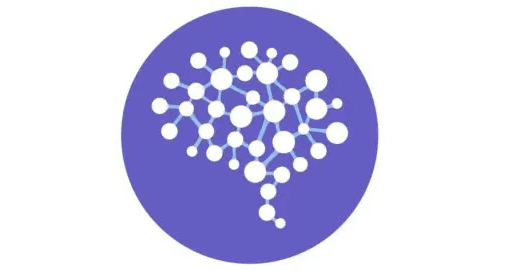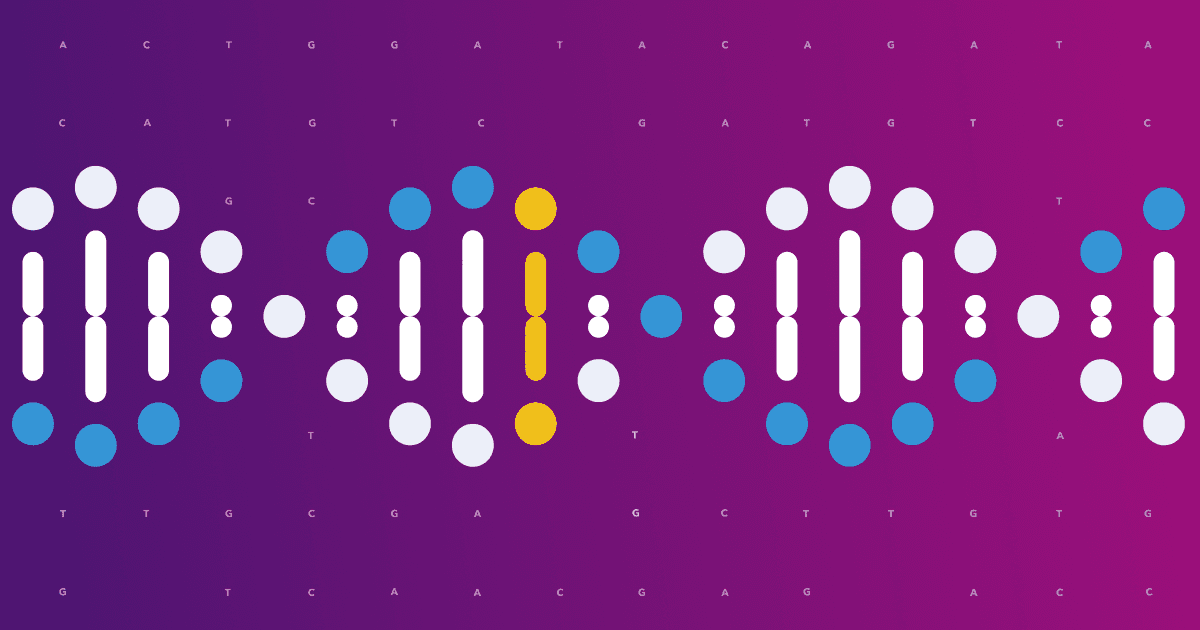From the beginning, 23andMe has published research findings in peer-reviewed scientific journals. Publishing is ![]() the most important way for scientists to share results and advance the understanding of science. It’s also a fundamental tradition of the scientific process: Expose your work to the scrutiny of other scientists, and make your findings publicly available to inform future studies.
the most important way for scientists to share results and advance the understanding of science. It’s also a fundamental tradition of the scientific process: Expose your work to the scrutiny of other scientists, and make your findings publicly available to inform future studies.
But for non-scientists reading popular science articles in newspapers and blogs, the process and purpose of publishing in a peer-reviewed journal isn’t always clear. In this blog post, 23andMe scientists explain what makes scientific publishing unique and important. We also cover how 23andMe’s findings make it from the inside of our database to the front page of your morning paper.
The publication process
A wide variety of scientific discoveries make their way from our database to your inbox through the same process:
- Make a discovery! 23andMe scientists use data from our research participants to find genetic associations with traits or diseases, or to learn about ancestry.

- Describe the discovery in a manuscript. Scientific manuscripts are written in very technical language. They usually follow a strict format. They begin with a short summary and an introduction, followed by details about the methods used, a description of the results produced, and a discussion of what those findings might mean.
- Submit the manuscript to a peer-reviewed journal. 23andMe has published in numerous scientific journals including Nature Genetics, Nature Communications, and PLoS Genetics. (Our preference is either to use “open access” journals that do not require payment for readers to access articles, or to pay extra to make our articles freely available.)
- Revise the manuscript through the peer-review process. In response to suggestions and criticism from independent scientific experts, or peer reviewers, scientists at 23andMe revise and improve the report of their findings.
- Publish the findings. Manuscripts are only accepted and published if the peer reviewers and journal editor decide that the findings are valid and important.
- Spread the word. We share 23andMe publications through press releases, news articles, blog posts, and emails to 23andMe users. We also list our publications on our website.
Why does 23andMe publish scientific studies?
- To give back to 23andMe research participants. “Returning something to customers who participate in research is the top reason (we publish),” says Joanna
 Mountain, the senior director of research at 23andMe. We make an effort to publish our findings in publicly available journals. That way our work can be read for free by our users and by scientists worldwide. It’s important for us to show our research participants how and when their contributions lead to discoveries.
Mountain, the senior director of research at 23andMe. We make an effort to publish our findings in publicly available journals. That way our work can be read for free by our users and by scientists worldwide. It’s important for us to show our research participants how and when their contributions lead to discoveries. - To establish the credibility of 23andMe research. We also publish to maintain our reputation in the scientific community. “In science, you have to be able to explain what you did and show the outcomes so that other scientists can understand, evaluate, and replicate your results. It’s only by doing that that other scientists will trust you,” said Joyce Tung, vice president of research at 23andMe. 23andMe has very high scientific standards for the information we share with our users. We hold our own research to the same high standards. We are proud of the studies we have published, and we encourage feedback from the scientific community that could help us to be even better.
- To help advance science and medicine. In order for our research to help people, we need to put our discoveries out there. “I think (publishing) is important to our customers because they want their contributions to help others,” says Joyce Tung. Every paper we publish has the potential to inspire the next discovery and push science forward.
23andMe users are our partners in research: each scientific study we publish is possible because of the research questions answered by 23andMe users. Every answer 23andMe users contribute has the potential to lead to another discovery.
Click here to see all the scientific studies published by 23andMe, on topics ranging from cancer to ancestry.
This post was written by Sarah Laskey and Jessie Inchauspe.



